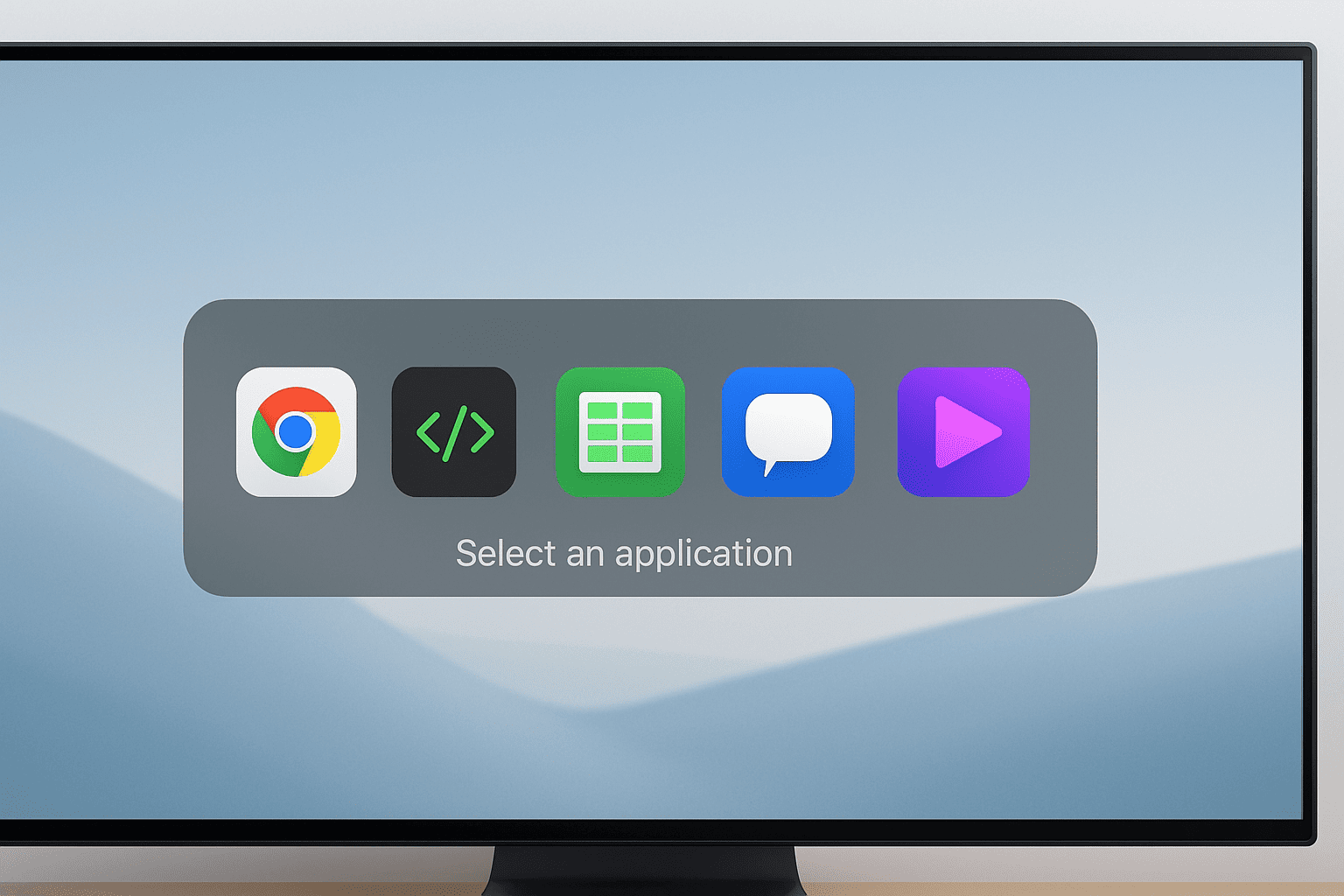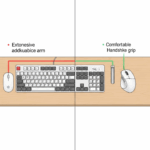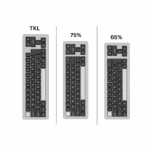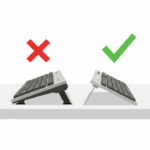Introduction
Take a moment to think about your typical workday. How many times do your hands leave the keyboard to nudge a mouse, click a menu, and then return to typing? Each instance seems insignificant, a mere second or two. But these seconds are assassins of momentum. They are tiny interruptions that pull you out of your “flow state”—that magical zone of deep focus where you’re most creative and efficient. What if you could reclaim those seconds and stay locked into your work? This is the superpower that keyboard shortcuts offer. They are more than just clever tricks; they are the fundamental language of productivity on a computer. By training your fingers to speak this language, you can navigate applications, manage files, and edit text at the speed of thought. This guide is your Rosetta Stone. We’ll start with the universal basics and build up to advanced techniques that will transform you from a keyboard novice into a productivity ninja.
Why Shortcuts Matter: The Compounding Effect of Seconds
The core benefit of using keyboard shortcuts isn’t just about speed; it’s about eliminating “context switching.” Moving your hand from the keyboard to the mouse and back again is a physical and mental shift. It breaks your concentration and disrupts your muscle memory. While saving two seconds by using Ctrl + S instead of clicking “File > Save” seems trivial, consider the compounding effect.
Let’s say you perform an action that could be a shortcut 60 times an hour. Saving just two seconds each time means you save 120 seconds, or two minutes, every hour. Over an eight-hour workday, that’s 16 minutes saved. In a week, it’s over an hour of your life back. But more importantly, it’s an hour of uninterrupted focus, which is far more valuable. By keeping your hands on the keyboard, you maintain a seamless workflow, allowing your brain to stay dedicated to the task at hand, not the mechanics of your tools.
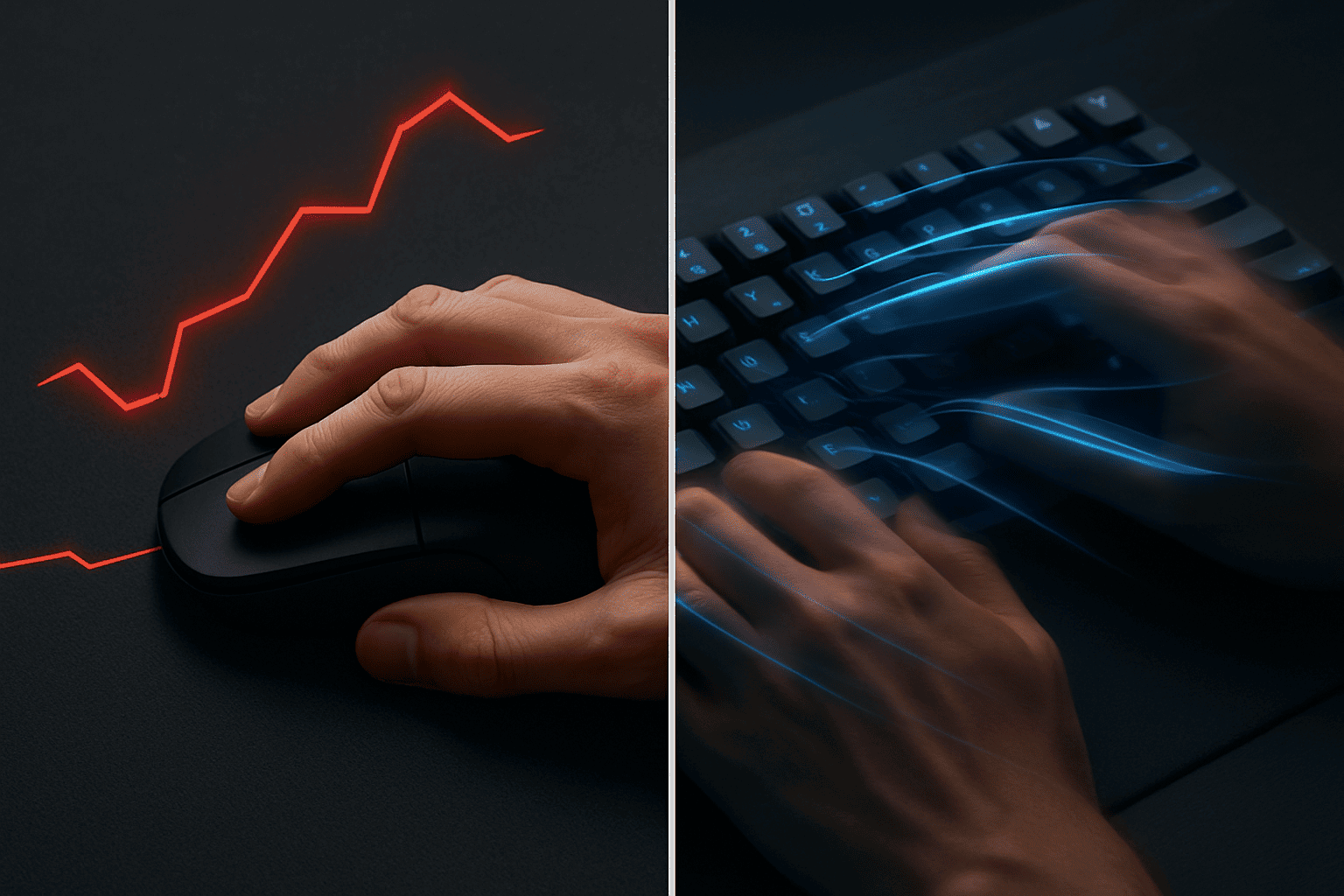
The Universal Commands: Your Digital Foundation
Before you can run, you must learn to walk. These are the foundational shortcuts that work across nearly every application and operating system (Windows, macOS, Linux). If you only learn five shortcuts, make it these. Mastering them is non-negotiable for basic computer fluency.
Ctrl + C(orCmd + Con Mac): Copy. This takes any selected text, image, or file and places a copy of it on your virtual clipboard.Ctrl + V(orCmd + Von Mac): Paste. This inserts whatever is on your clipboard into your current location.Ctrl + X(orCmd + Xon Mac): Cut. Similar to copy, but it removes the selected item from its original location to be pasted elsewhere.Ctrl + Z(orCmd + Zon Mac): Undo. Made a mistake? This is your time machine. It reverts the last action you took. You can often press it multiple times to go back several steps.Ctrl + S(orCmd + Son Mac): Save. Use this frequently to save your progress in any document, spreadsheet, or project. It’s a lifesaver.
Practice these until they are as natural as breathing. They are the building blocks upon which all other productivity gains are made.
Navigating Your Operating System Like a Pro
Now let’s move beyond the basics to controlling your computer’s operating system itself. This is how you juggle multiple applications and find files without ever touching your mouse.
Imagine you’re writing a report and need to pull a figure from a spreadsheet and a quote from a webpage. Instead of clicking around, you can Alt + Tab between your windows, Ctrl + C the data you need, and Ctrl + V it into your document, all in a seamless, fluid motion.
The Text-Editing Powerhouse: Taming Documents and Code
For anyone who writes—be it emails, reports, articles, or code—the mouse is the ultimate enemy of speed. These text-editing shortcuts allow you to navigate and manipulate text with surgical precision.
Let’s follow Mark, a data analyst who writes dozens of emails and reports daily. He used to painstakingly drag his mouse to select sentences for deletion or correction. Now, he uses these shortcuts:
- Move cursor word by word:
Ctrl + ←/→(orOption + ←/→on Mac). Mark can now jump instantly to the beginning or end of a word. - Select text word by word:
Ctrl + Shift + ←/→(orOption + Shift + ←/→on Mac). He can select entire words for deletion or formatting in a flash. - Go to beginning/end of line:
Home/End(orCmd + ←/→on Mac). He no longer has to make long, imprecise mouse drags. - Select entire lines:
Shift + Home/End(orShift + Cmd + ←/→on Mac). Selecting a whole line for copying or deleting is now a single, swift action. - Delete a whole word:
Ctrl + Backspace(orOption + Deleteon Mac). This is much faster than backspacing one letter at a time.
By combining these, Mark can edit a paragraph in a fraction of the time it took him before, staying completely focused on the content.
How to Get Started: The “Rule of Three”
Seeing this long list can feel overwhelming. Don’t try to learn them all at once. The secret to mastery is gradual adoption.
Here’s a simple plan:
- Identify Bottlenecks: For the next day, pay close attention to the actions you do most often with your mouse. Is it opening new tabs? Switching apps? Selecting text?
- Choose Three Shortcuts: Pick just three shortcuts that address your biggest bottlenecks. Write them on a sticky note and put it on your monitor.
- Practice Consciously: For one week, force yourself to use only those three shortcuts. It will feel slower at first, but push through the initial awkwardness.
- Repeat: Once those three shortcuts have become second nature, remove the sticky note and pick three more.
By following this “Rule of Three,” you will build a powerful arsenal of shortcuts over time, creating lasting habits that will supercharge your productivity for years to come.
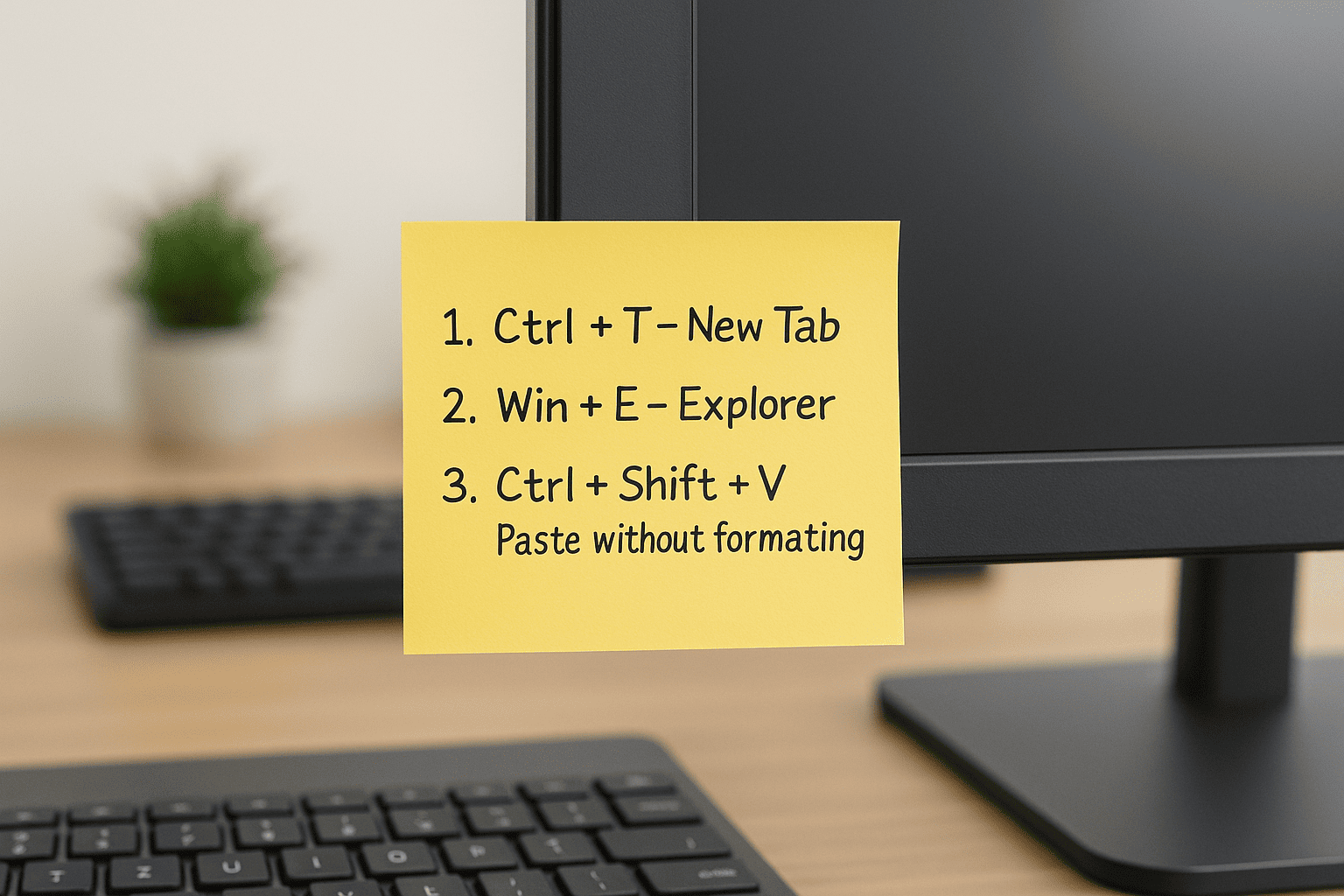
Conclusion
Mastering keyboard shortcuts is a journey, not a destination. It’s about transforming your relationship with your computer from a series of disjointed clicks into a fluid and continuous conversation. By committing to learning and practicing these commands, you’re not just saving seconds—you’re preserving your focus, reducing physical strain, and unlocking a higher level of efficiency. Start small, be consistent, and soon you’ll find yourself flying through your tasks, wondering how you ever worked any other way.


